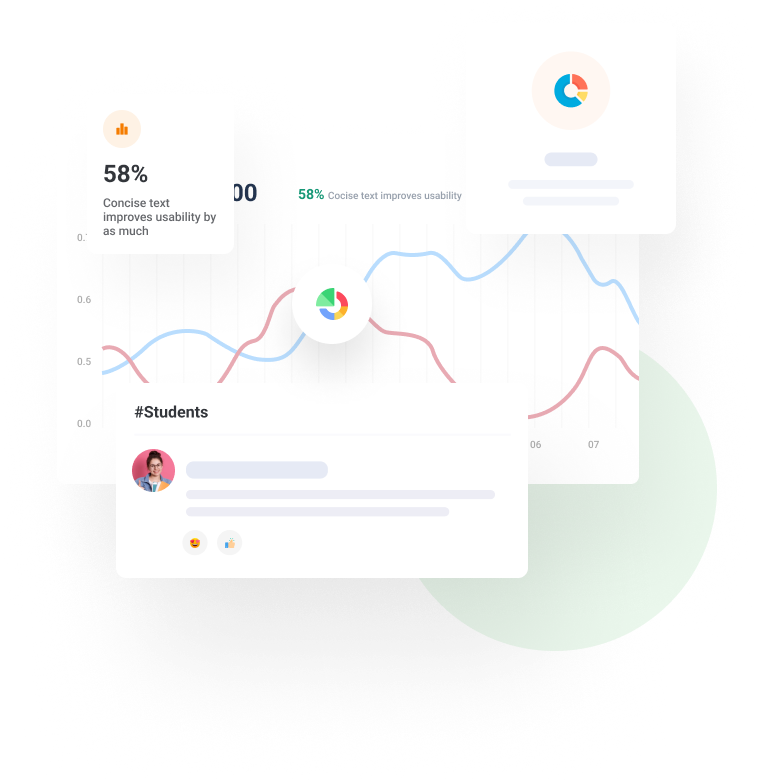The Power of Project-Based Learning
Real-world projects. In the classroom. With project-based learning, students actively solve challenges drawn from the professional world, helping them connect the dots between their studies and actual applications. It’s an innovative teaching approach that pays off quickly, according to Dr. Dennis Sigur, a CS instructor at Dillard University in New Orleans.
“You can see a light bulb go off in a student’s head,” he says. “Project-based learning takes what they learn in the book and brings it to reality. The students are so excited.”
Dr. Sigur has successfully applied project-based learning in his database courses at Dillard. He graciously walked us through his approach.
How Project-Based Learning benefits students
Dr. Sigur shares five key benefits to teaching with project-based learning:
1. Develops critical thinking and creativity
With project-based learning, students learn to define challenges, questions, and requirements, and develop unique solutions. Dr. Sigur consistently sees his students’ understanding and comprehension improve throughout the course project.
2. Builds professional communication skills
Dr. Sigur helps his students practice professional communication by encouraging them to reach out to business leaders with questions related to their class projects. This is particularly helpful in a world dominated by texting and social media.
3. Teaches problem solving
To teach students to solve real-world problems, Dr. Sigur uses a combination of realistic course projects and interactive zyBooks. “With a zyBook,” says Dr. Sigur, “my students go through real-world problems to get a better understanding of the subject matter.”
4. Instills time management
As professors know all too well, students often wait until the last minute to begin an assignment. Project-based learning compels students to the evaluate multiple steps required in a project, to practice planning ahead and completing their work in advance.
5. Fosters decision making
In Dr. Sigur’s project-based database course, students must select the technology and tools for their projects on their own. Going through this process helps students overcome “decision paralysis” caused by wanting to be perfect. As Dr. Sigur says, “It’s never perfect in real life.”
When to use project-based learning
Some subjects pair better with this method than others. Practical coding or development classes, for example, will likely reap more of the benefits of project-based learning than a course focused on theory or concept.
Tip: If choosing to use project-based learning for a first-year class, be sure to keep the project simple, as some students may have limited coding experience.
How to use project-based learning in your computer science class
Select real-life resources and tools
To create a true real-world experience for your students, select resources students will likely encounter in their future careers. For Dr. Sigur’s database course, this included a MySQL Database, Server, and Google Cloud, as well as SQL Workbench or DBeaver. Students will enjoy learning how to use the new resources and ultimately have a compelling story to tell in job interviews.
Create a curated project list
Provide your students a list of possible projects, and also allow them to pitch their own. Students can choose projects relevant to their own interests or jobs, which can also boost engagement. For his database project, Professor Sigur provides options including inventory control management, student record-keeping systems, railway systems management, and hotel management.
Provide clear instructions
The first time Dr. Sigur tried project-based learning, he learned quite a few lessons himself. He gave his students basic instructions and waited until the project submission date to review them. The result was low-quality projects made up of undetailed data dictionaries, insufficient data in tables, and poorly designed entity-relationship diagrams.
After that experience, Dr. Sigur improved the project instructions by making the following changes:
- Splitting the project into parts and adjusting grading weights to indicate the importance of each part.
- Setting review dates. While the entire project is due at the end of the semester, Dr. Sigur sets review dates for each part of the project to ensure students are on track.
- Assigning related zyBooks sections and activities in parallel to their work on the project.
Watch Dr. Sigur’s webinar
Dr. Sigur discussed his project-based learning approach at a recent zyBooks-sponsored webinar. You can watch the webinar here. (Registration required.)









